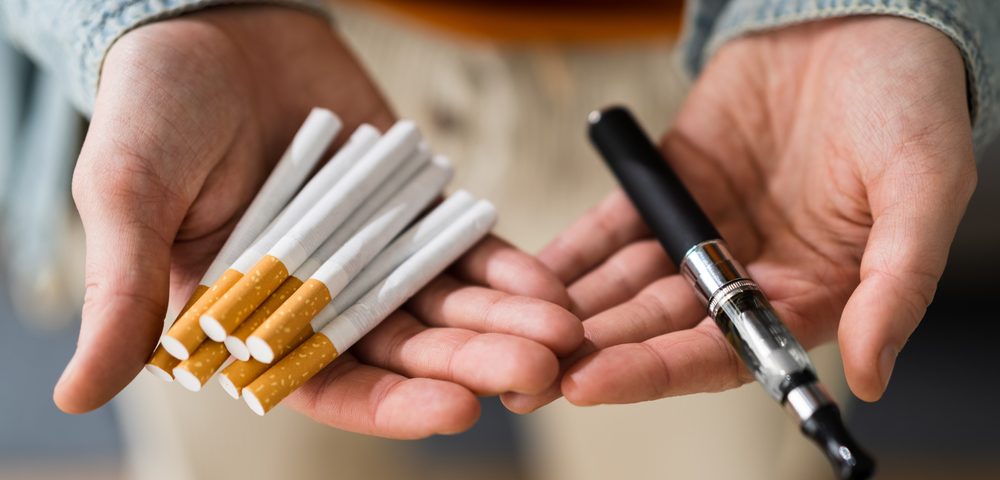
The Struggles Kids Face
February 26, 2024
Diagnosing Learning Differences in Elementary Years
March 1, 2024Tobacco has come a long way. The Evolution of Tobacco has changed Smoking is out. Vaping is in.
It is the teen and young adult drug of choice. The vaping epidemic is here to stay. According to the 2022 National Youth Tobacco Survey, over 2.55 million middle and high school kids are vaping in the US.
They are inhaling vapors of addictive nicotine, heavy metals like tin and lead, flavorants such as diacetyl that cause severe lung disease and ultrafine particles that can be inhaled deep into the lungs, resulting in long term damage.
All of these dangers are masked by the 15,000 plus sweet-sounding candy and dessert flavors marketing children. Cotton candy, fruit loops and OMG (orange, mango, grapefruit) are some of the flavors accompanied with innocent looking labels baiting kids. The products tend to look less threatening as well. They appear as tiny devices similar in look to a USB drive, a pen or fragrance spray.
Another concerning finding from the recent youth survey reports a large percentage of youth e-cigarette users are frequent or daily users – 46% of high school students report frequent use (on at least 20 days a month) and 30.1% report daily use. This is powerful evidence that kids aren’t just experimenting with e-cigs. Instead, they are becoming addicted to the high potency nicotine products now dominating the market.
Parents need to be knowledgeable on the risks, look for signs of use and addiction and stay on their kids about this youth epidemic. Vaping or inhaling poisons into your lungs, is not a normal or acceptable behavior. Everyone needs to work hard at protecting their lungs. We have these little cilia (ting hairs) that serve as a protective lining of our lungs. However, if you are a vape user or a smoker you burn away that defensive barrier. This will make you more susceptible to getting sick. Sometimes it just takes explaining facts to a user or potential one to persuade them to make better decisions.
Vaping seems to have expedited the damage of smoking. Smoking is not safe, but vaping is taking liquid nicotine along with the other dangerous chemicals into the lungs and body at faster rates. In order to use liquid nicotine, a vape must be heated to over 450° for the liquid to become a vapor that one can inhale. At some point the liquid needs to re-cool and can do so trapping oil droplets in the lungs causing significant damage immediately. There have been national cases where teens as young as 16 years old have needed double lung transplants. There are too many examples of 17-year-olds on ventilators because they have destroyed their lungs from using electronic nicotine delivery systems (ENDS).
Nicotine is too accessible for our kids. It is finding a way into the hands and mouths of underage users. Regardless of age, it is an addictive, poisonous habit. These products are cheap, available online, shared with friends, sold at convenience marts and gas stations where kids frequent, and used in schools. Smoking gives off a distinct scent and vapes smell like a body mist or candy. Thus, they can be used discreetly when teachers or parents aren’t paying attention. And most kids will tell you bathrooms in the school are the common denominator. Get ahead of this youth crisis and arm yourself with information you can share with loved ones. Many people, kids and adults, just don’t know the heightened risks of vaping. Have a conversation about use and prevalence. Inquire why the interest or use in general. That may be the bigger problem… the GenZ population (13-24 year olds) seem to be under a lot of stress and use substances like nicotine as a coping mechanism. Come up with other alternatives such as walking, meditating, playing with the family pet, engaging in art or other activities. There is always a replacement to substance use.
Protect your lungs. Protect your health. Protect your kids. This is a stronger, newer, faster form of tobacco. Teens are being exposed to these products as a result of direct marketing from big tobacco. The industry has decades of experience marketing specific audiences. Today, the bright colors, flavors, influencers online and party like atmosphere in media campaigns are attracting a young audience. Don’t wait for them to use it be exposed to it. Start talking to your kids about facts and dangerous outcomes. Show them the graphic photos and stories of users on ventilators. Explain transplant surgery is not guaranteed. Guide them to be leaders. Advocate for them. Someone needs to.
Stephanie Siete
Public Information Officer – Community Bridges, Inc.
PAVE (Parents Against Vaping and E-Cigs) and TFK (Tobacco Free Kids) Educator
Some helpful resources:
https://www.parentsagainstvaping.org/
https://www.tobaccofreekids.org/
https://www.cdc.gov/tobacco/basic_information/e-cigarettes/index.htm


